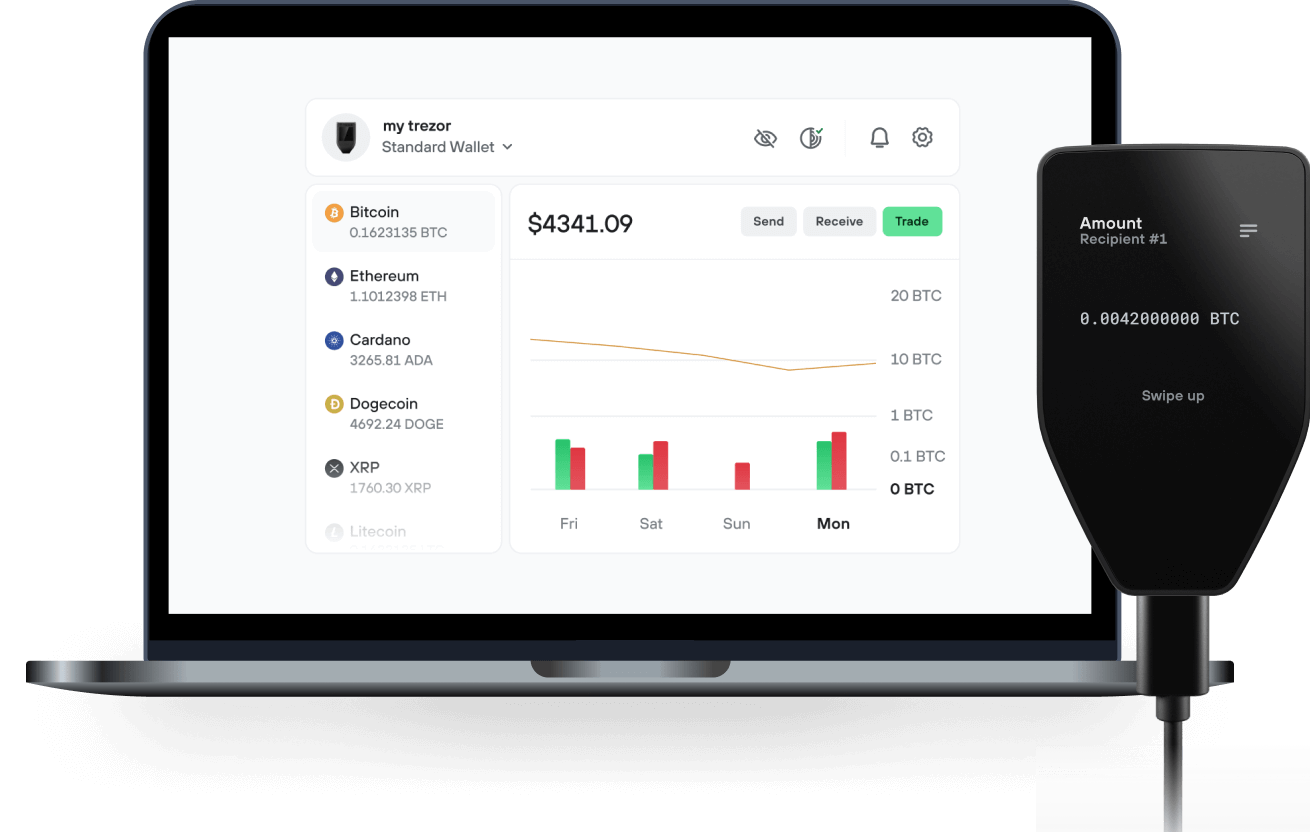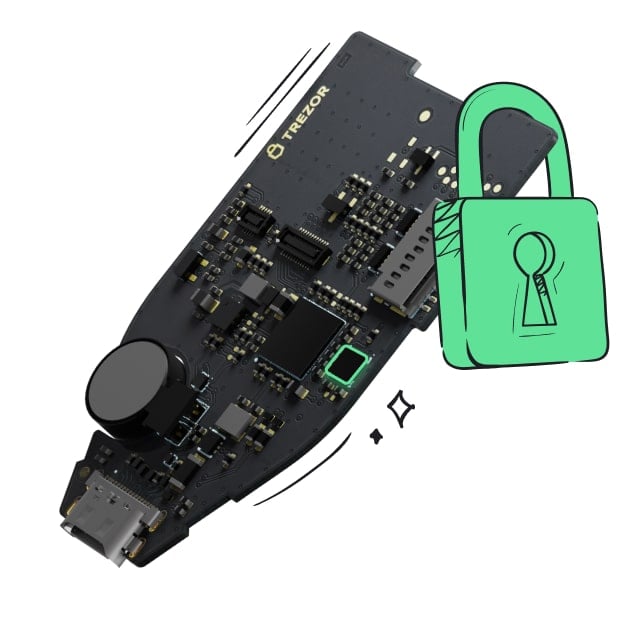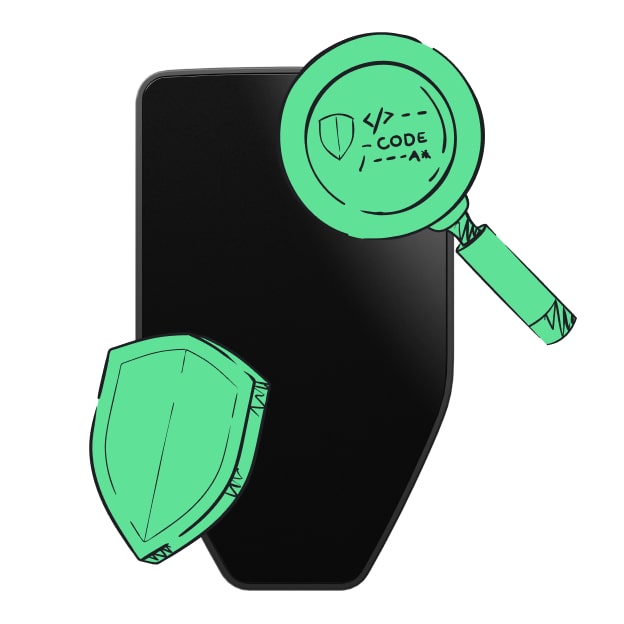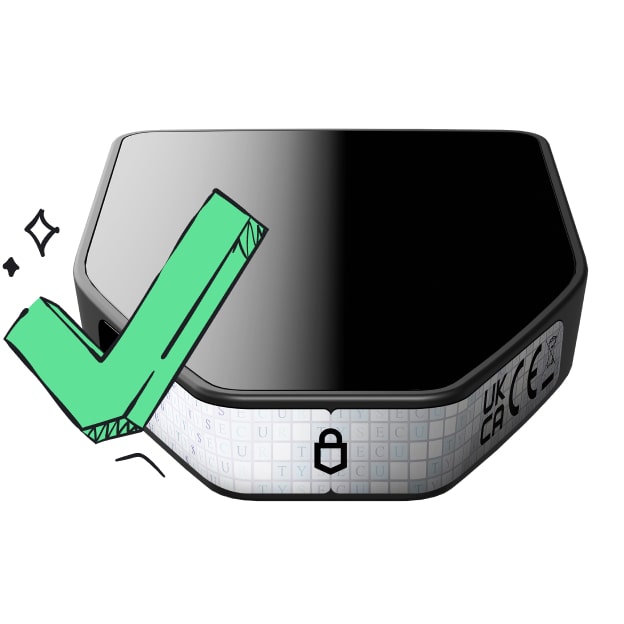Safe & secure PL^Gnet wallet
Take control of your PL^Gnet assets with complete confidence in the Trezor ecosystem.
- Secured by your hardware wallet
- Use with compatible hot wallets
- Trusted by over 2 million customers

Send & receive your PL^Gnet with the Trezor Suite app

Send & receive
Trezor hardware wallets that support PL^Gnet
Sync your Trezor with wallet apps
Manage your PL^Gnet with your Trezor hardware wallet synced with several wallet apps.
Trezor Suite
MetaMask
Rabby
Supported PL^Gnet Network
- Ethereum
Why a hardware wallet?
Go offline with Trezor
- You own 100% of your coins
- Your wallet is 100% safe offline
- Your data is 100% anonymous
- Your coins aren’t tied to any company
Online exchanges
- If an exchange fails, you lose your coins
- Exchanges are targets for hackers
- Your personal data may be exposed
- You don’t truly own your coins
How to PLUG on Trezor
Connect your Trezor
Open a third-party wallet app
Manage your assets
Make the most of your PLUG
Trezor keeps your PLUG secure
 Protected by Secure Element
Protected by Secure ElementThe best defense against both online and offline threats
 Your tokens, your control
Your tokens, your controlAbsolute control of every transaction with on-device confirmation
 Security starts with open-source
Security starts with open-sourceTransparent wallet design makes your Trezor better and safer
 Clear & simple wallet backup
Clear & simple wallet backupRecover access to your digital assets with a new backup standard
 Confidence from day one
Confidence from day onePackaging & device security seals protect your Trezor’s integrity
PL^Gnet enables creation of synthetic assets from multiple chains, which can leverage DeFi in one network, using a simple UX from your existing trusted provider.
PL^Gnet aims to solve the problems identified by: • Introducing a new solution to enable deeper liquidity pools for assets from different chains • Leveraging existing compliance onboarding processes to create shareable attestations, in order to enhance compliance in DeFi for developers and traditional finance providers • Reduce complexity for assets to exist in the same smart contract network while enhancing existing multi-chain approaches. • Provide a safer environment for new users to access DeFi products (such as borrowing and lending platforms and derivatives exchanges) without taking on the risks of self-custody • Enable exchanges, staking providers and custodians to offer DeFi connectivity and leverage assets “at rest” in a novel way